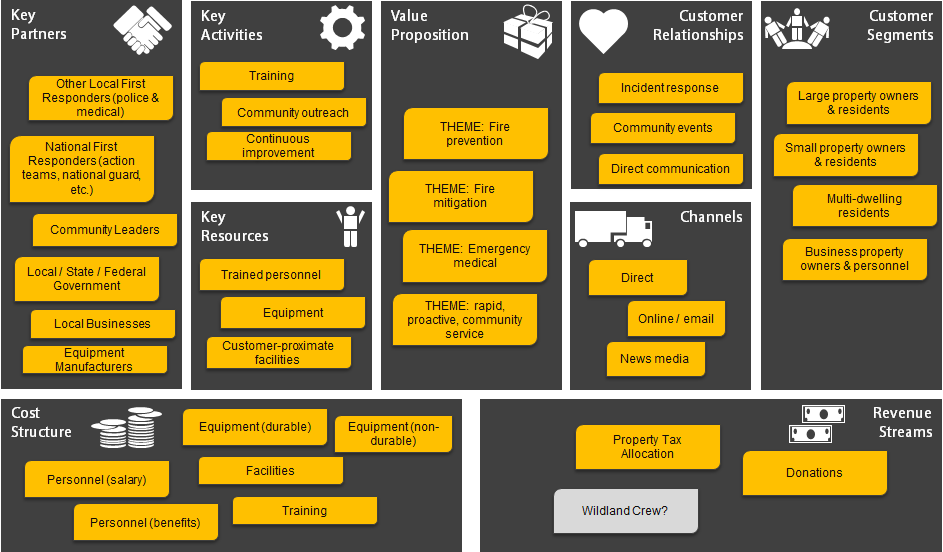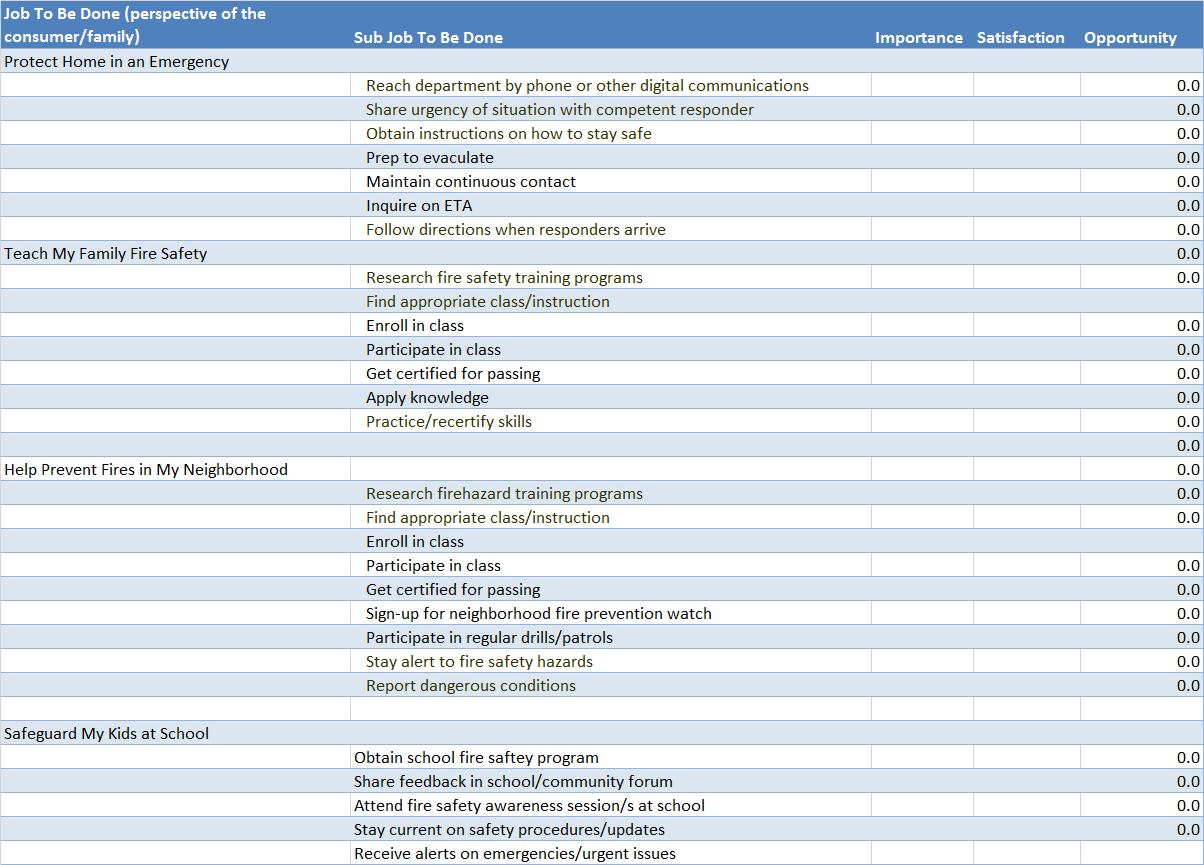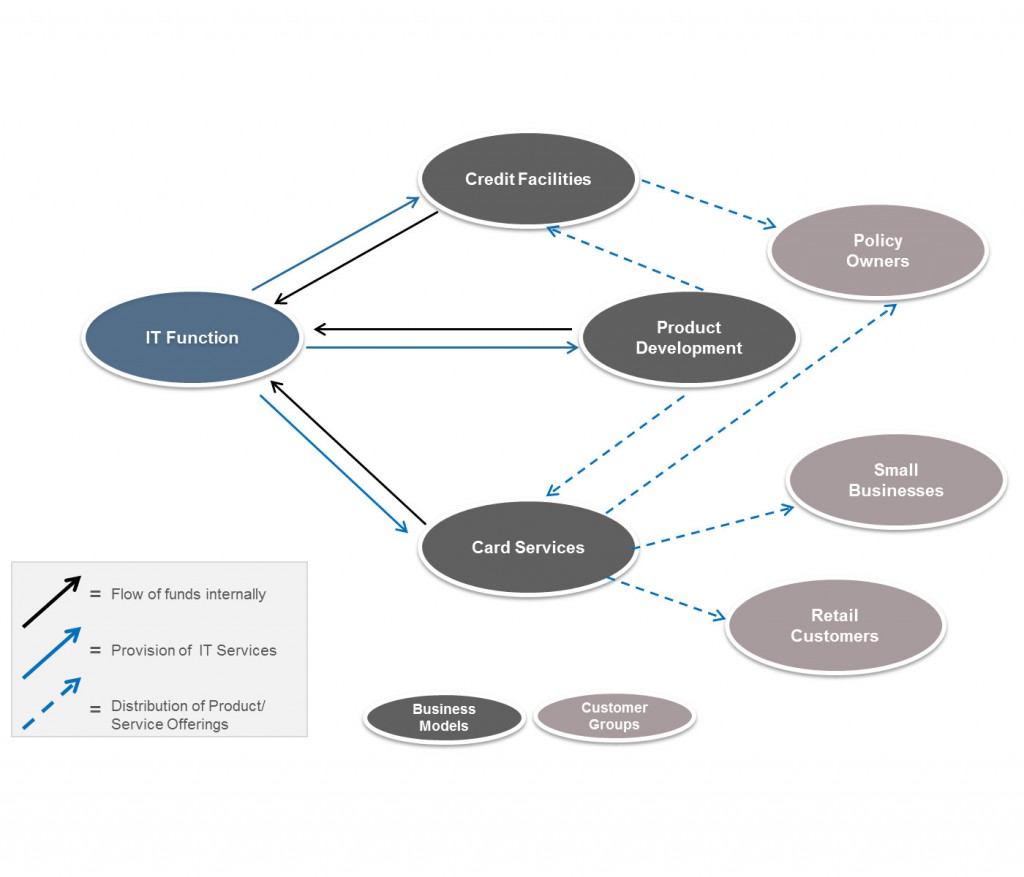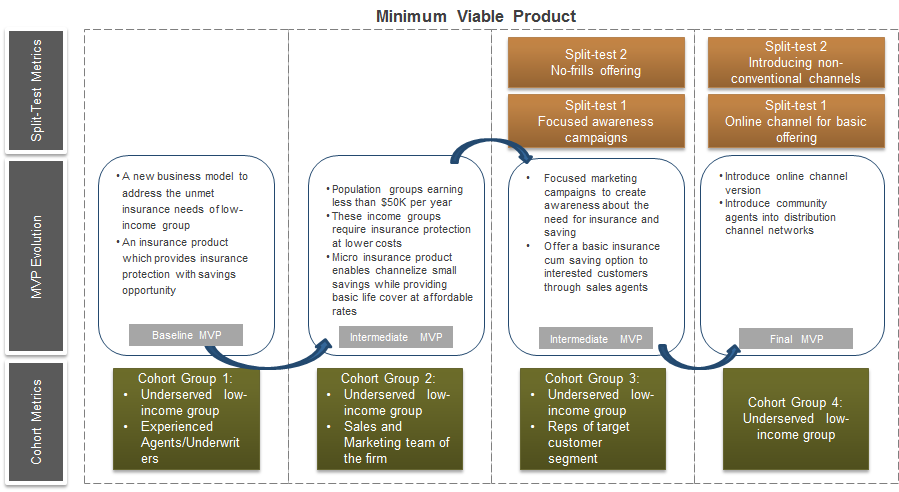After completing a fairly detailed overview & training session (including a visit to Stanford’s d. School), I came away with several new tools that will be added to the BMI toolkit. So, without further delay, let’s get into the first of two key categories of tools that most definitely add tremendous value to today’s innovation process.
Environment & Physical Space
Whether in the Idea Generation or Commercialization Analysis phase of the Innovation Lifecycle, participants are likely to find themselves in a group setting to discuss / debate / ideate. For the vast majority of us, that usually means some conference room or hotel conference facility somewhere. Until my visit to the d. School at Stanford, I had pretty much accepted this as one constant that really didn’t warrant much extra attention. Sure, we could improvise by using flip charts, post-it notes, and rearranging the tables a bit, but most creativity would be unlocked by other facilitation techniques – carefully planning breakout groups, six thinking hats role-play, pre-mortem, etc.
I now believe we have been selling ourselves short by not taking advantage of a truly innovation-friendly environment. Although you can hopefully gain some perspective of what that means by looking at the pictures below, I think it is hard to fully appreciate the true impact it has until someone explains it to you (or to me, as John and Erin did)… NOTE: what follows is more about group discussion and dynamics than a simple “set direction” or status meeting. Think about the last group meeting you had in the typical conference room – someone presented or someone was urging a group discussion usually aided by slides or a handout. How many people truly participated? How much original thought surfaced beyond what was already on the slides? Did anyone really step up and help the content evolve? Why is that?
The fact remains that most conference rooms are designed for presentation, or are just a slightly more group-friendly version of our desks. Often, attendees are automatically in one of several modes: friend or colleague (want to be supportive), subordinate (don’t want to comment as it might be seen as criticism), boss (concerned about steering conversation in one direction over another). To make matters more challenging, it is not easy to share “rough” or “unpolished” thoughts – imagine going to the whiteboard (often at the front of the room) and sketching some doodles trying to explain your thoughts right next to the projected presentation that someone has spent the last month making perfect? Even if a few participants do manage to overcome the typical barriers, do the majority of people contribute? Likely not, and that means we are nowhere near our innovation capacity.
NEW DEFINITION ALERT!
Innovation Capacity: the total number of creative minds in a given setting… addendum: EVERY person has a creative mind, but some have yet to be “unlocked”… addendum2: all human children start out with a completely unlocked creative mind, but are slowly taught to keep that dangerous thing under lock and key with only scant visitation rights
So what are some of these powerful environment considerations that you can (hopefully) see in the pictures?
Nothing too rigid
Easily movable parts (chairs, tables, walls, whiteboards, etc.)
Looks like a work in progress
Whimsical additions that can be used as aids
Lots of medium upon which to sketch (ideally, easy to erase as well)
An area for building prototypes (both tech and physical)… more to come on this topic in the next blog post
A “reset” guide for when done using the space – essentially how to clear the canvas
Having seen all these elements in sum total, I can definitely see how they collectively add to the feeling of “creative confidence” (Google it) that Design Thinking encourages.
Does this mean our usual corporate working space needs to go the way of the dodo? No, but it certainly does open up some valuable lessons about what we can do different if we are actually trying to encourage innovative thinking. In fact, based on what I saw first-hand at Stanford, I would strongly endorse that EVERY company interested in thriving in the 21st century and beyond should dedicate some of its current facilities to the ideal innovation environment principles. It can serve as both a training facility and as an innovation-focused conference center. It can also serve as a model of what to strive for if those perfect circumstances cannot be replicated in total – we actually “morphed” a traditional conference room into something more conducive by applying some of these principles.













